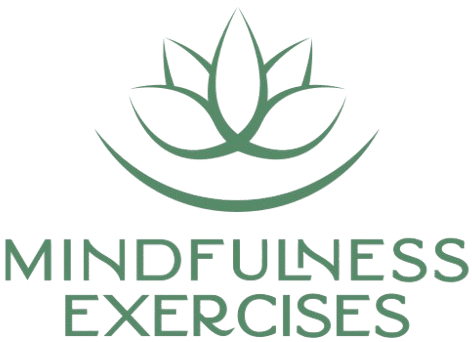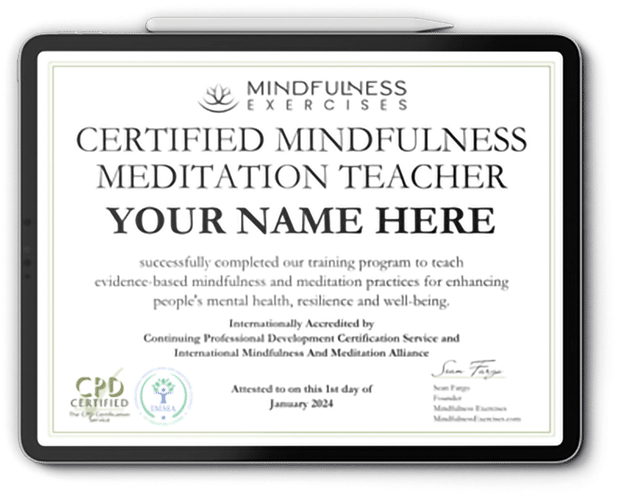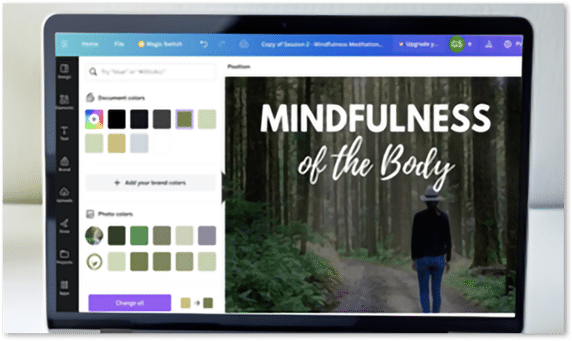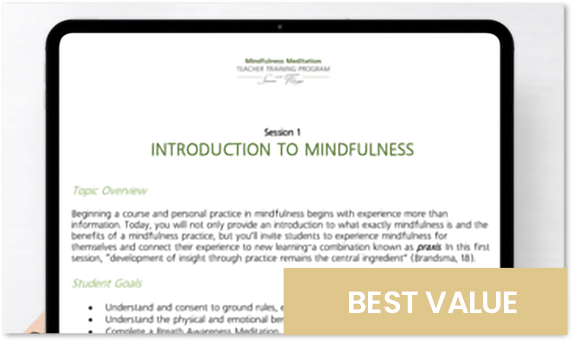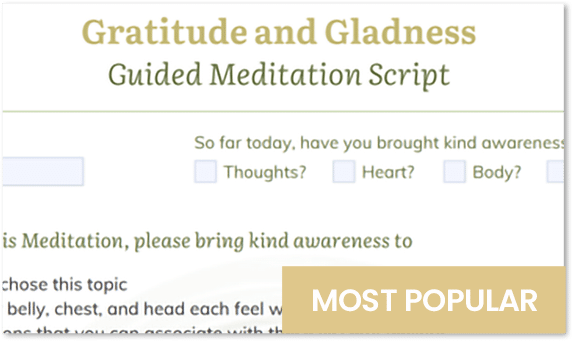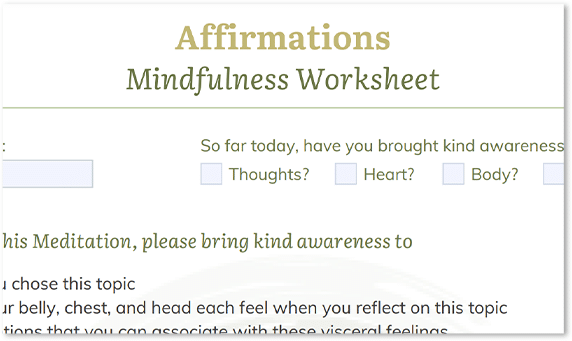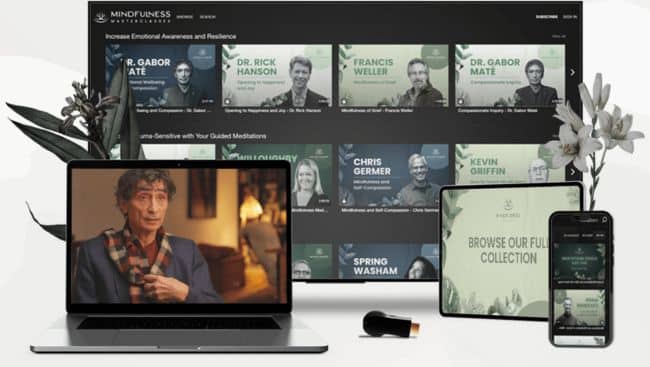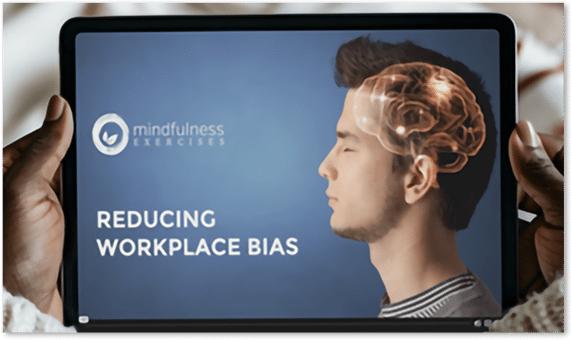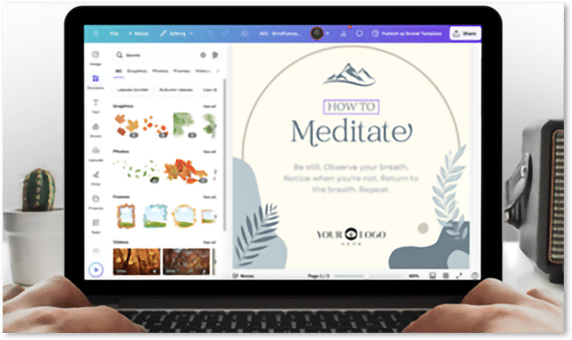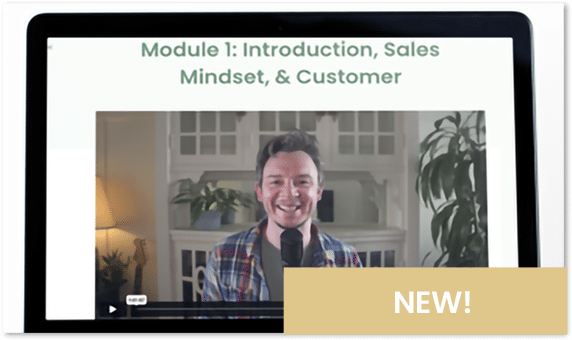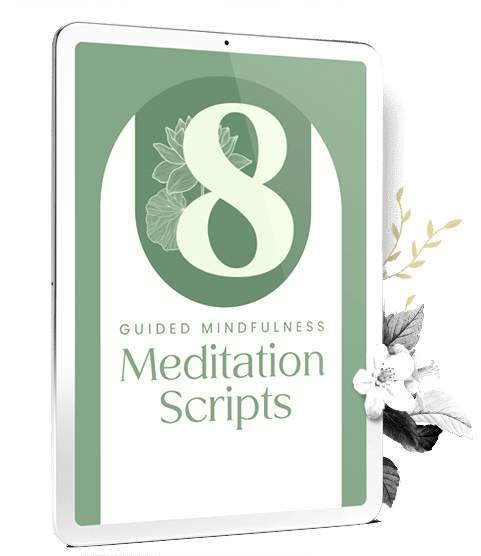Discover the ancient practice of silence, a simple yet profoundly powerful path to clarity, calm, and mindful awareness. In a world filled with constant noise, distraction, and urgency, silence offers a chance to step back, breathe, and reconnect with the present moment.
Through moments of stillness, we begin to notice our thoughts, emotions, and sensations with greater clarity and gentleness. Silence allows the mind to settle, the heart to open, and our attention to deepen.
By cultivating this practice, we create space for insight, creativity, and peace, learning to live with greater presence, care, and awareness in every moment.

Go Into the Silence
There’s a timeless instruction that has changed countless lives: “Go into the silence.”
As one teacher said, “Go and sit down quietly by yourself… listen to the still small voice within.”
When we stay long enough, the surface noise of the mind begins to settle. Around the 25–30 minute mark, stillness deepens, energy gathers, and often, the next right step becomes clear.
This simple act sitting in silence, is both ancient and profoundly reliable.
I practiced this exclusively for two years as a Buddhist monk, and it transformed my life in unimaginable ways.
Below, you’ll find a step-by-step 60-minute silence practice, timeless wisdom from ancient traditions, and trauma-sensitive adaptations to make your silence practice safe, compassionate, and sustainable.
A 60-Minute Silence Practice
Set Your Intention (2 minutes)
Begin with one heartfelt sentence:
“I’m here to listen.” Let this intention settle gently at the center of your awareness.
Arrive in the Body (8 minutes)
Soften your belly. Feel your seat, hands, and feet.Let the breath move naturally. Quietly named sensations: warm, soft, heavy, tingling.
Widen Your Field (10 minutes)
Notice sound and space — the hum of the room, the silence beneath the sound.When thoughts arise, acknowledge them kindly and return to listening.
Rest in Simple Knowing (10 minutes)
No fixing, no forcing. Simply rest as awareness itself.The Yoga Sūtras describe this as “the quieting of the mind’s fluctuations.”
The Threshold (10–15 minutes)
Around the 25–30 minute mark, thinking may thin out.Don’t chase the experience — simply notice it. Insight often begins here.
Inquiry (10 minutes)
If a question or concern is present, ask inwardly:
“What is the kindest next step?” Then stay quiet and listen for what arises.
Close and Capture (5 minutes)
Gently open your eyes. Journal a few lines:
- What did I hear?
- What matters now?
- What one small action will I take next?
Treat insights like seedlings — nurture them daily.
Tip: Short on time? Try a 30-minute version using the same rhythm: 2 (intention) · 6 (arrive) · 8 (widen) · 8 (rest) · 4 (inquiry) · 2 (close).
Ancient Wisdom on Silence
Hebrew Bible
(1 Kings 19:12): Guidance arrives as a “still small voice.”
Upaniṣads
“Where words and the mind turn back, unable to reach.”
Tao Te Ching
“Those who know do not speak; those who speak do not know.”
Yoga Sūtras
“Yoga is the settling of the mind’s movements.”
Desert Fathers
“Go, sit in your cell, and your cell will teach you everything.”
Meister Eckhart
“Nothing resembles the Divine so much as silence.”
Rumi
“There is a voice that doesn’t use words — listen.”
A Trauma-Sensitive Approach to Silence
Silence should feel like a sanctuary, not a struggle. Trauma-informed mindfulness reminds us that choice is key to safety.
When you sit:
- Offer choices of anchors: breath, hands, sounds, or a kind phrase.
- Keep it flexible: eyes open or closed, adjust posture as needed.
- Prioritize comfort: If breath feels tight, focus on touch or ambient sound.
When the Mind Argues with Reality
Silence often reveals the thought that’s truly hurting. In those moments, try Byron Katie’s gentle inquiry:
“Who would I be without this story?”
Notice what softens when the story loosens — often, that’s where healing begins.
A 10-Minute “Micro-Silence” Practice
Perfect for busy days:
- 2 minutes: Arrive in the body — feel the ground beneath you.
- 3 minutes: Listen outward and inward — to sounds, breath, and heartbeat.
- 3 minutes: Rest in awareness without trying to change anything.
- 2 minutes: Ask, “What would be most helpful now?” and note one next step.
Common Obstacles and How to Meet Them
- Restlessness: Slow your exhale and ground through your feet.
- Sleepiness: Open your eyes, lengthen your spine, or stand briefly.
- Emotional flooding: Switch to a neutral anchor (sounds or hands) or pause the practice.
- No big answers: Silence is not a vending machine — insights bloom later.
For Teachers and Space Holders
If you guide others in silence:
- Begin with brief sessions and clear options.
- Offer gentle closure with journaling or reflection.
Remember: Presence matters more than perfection.
A Gentle Invitation
If this practice speaks to you, join our live community meditations — supportive spaces where you can sit, rest, and listen deeply.
Come as you are. Sit in silence. Let the still small voice within guide you home.
